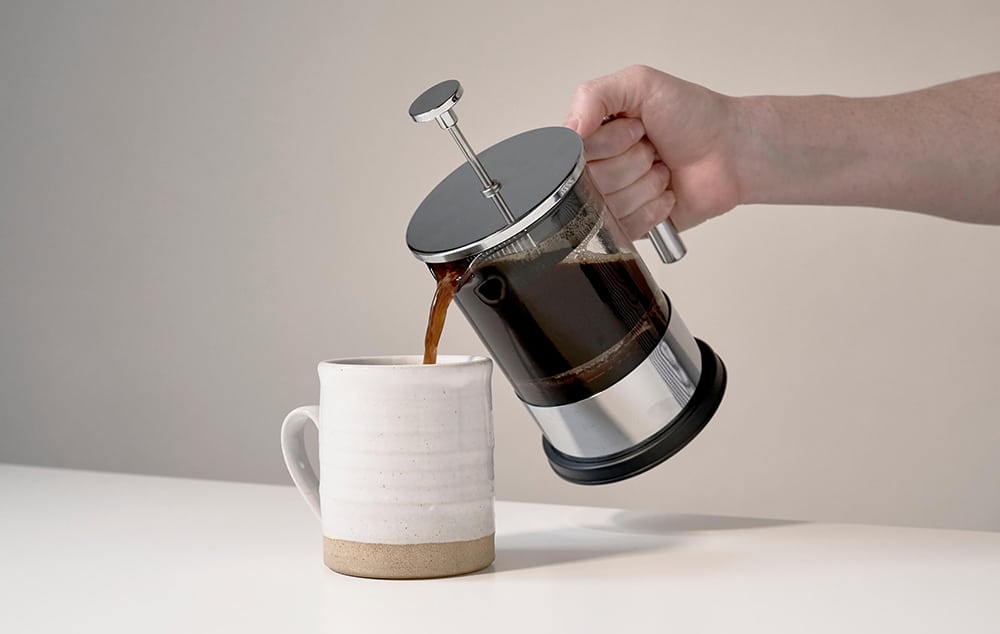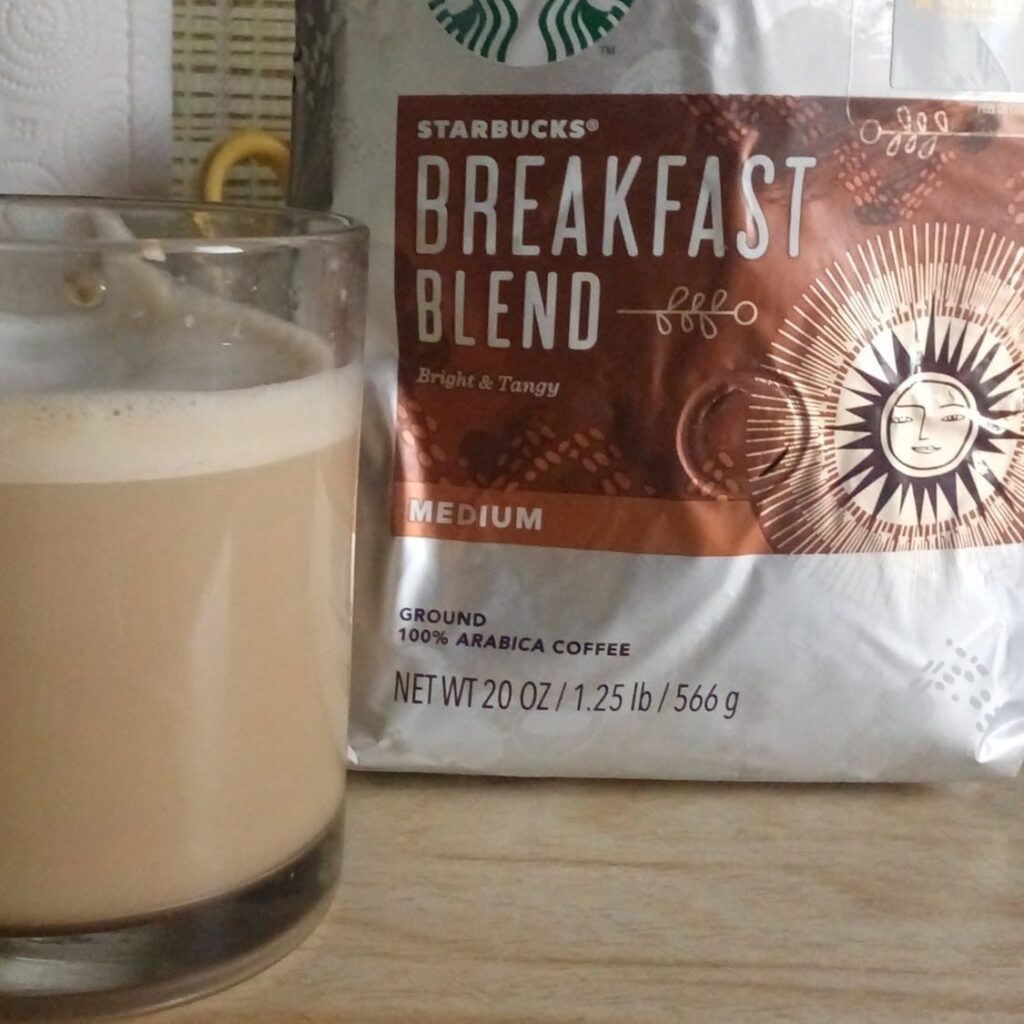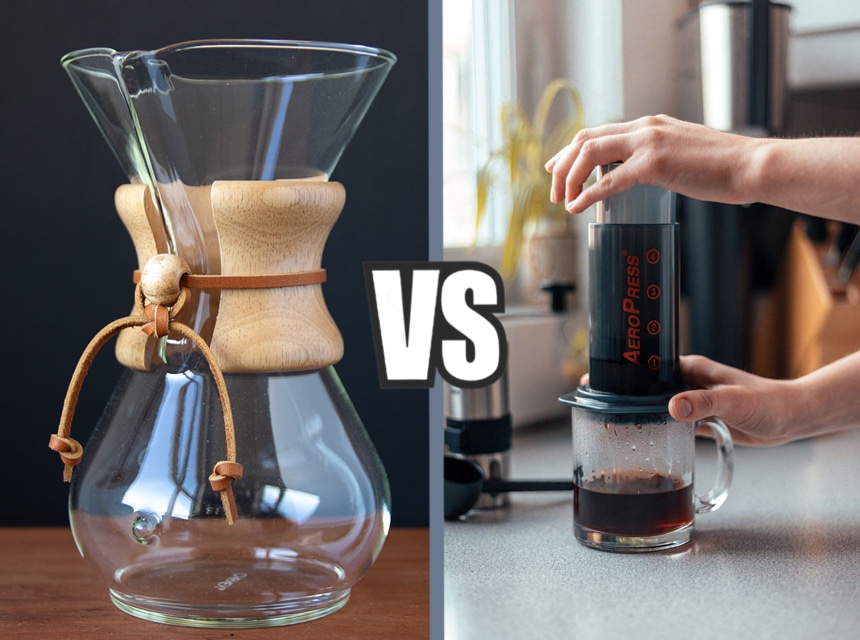

Once it comes to caffeine, there are a variety of choices of coffee drinks. You can get a latte, macchiatos, cappuccino, and espressos in addition to the standard strong coffee, and to which you may add an almost limitless variety of additives. The Americano coffee appears to be frequently overlooked nowadays.
That isn’t to suggest the Americano isn’t a nice hot drink. Not only does the Americano coffee have “nationalistic” origins, but it is also incredibly flexible when it comes to how you like your coffee. However, what makes an Americano different from the rest?
Conventional black coffee is a risky bet: this might be burnt or have been waiting for someone to order for a few hours. Choose an Americano for a great morning coffee that’s incredibly tasty but not too strong.
According to rumors, American soldiers serving in Italy throughout World War II didn’t like the extremely intense and bitter espresso that Italians sipped daily. Espresso is usually served in a smaller cup than a regular mug of coffee they were used to. Soldiers poured boiling water into the classic Italian coffee shot to imitate their drip beverage that was stable of their mornings back home. As a result, the Americano was created.
But it’s not the same, if you try drinking a cup of black coffee followed by an Americano, you’ll be able to tell the difference.
With such a straightforward origin history, there should not be much significant disagreement or modification in this beverage. Correct? Incorrect.
Aroma oils appear in thoroughly roasted coffee beans. When you make coffee, the hot water pushes the fats out Trusted Source Crema—Formation, Stabilization, and Sensation The signature of a good quality espresso coffee is a nice dense brown crema layer that covers the liquid extract. Although some work has been done on the mechanism of formation, the molecular science on the stabilization of the crema is still shrouded in mystery. This chapter gives an overview of the mechanisms of formation and some recent data on the compounds in charge of the stabilization. Further to these physical–chemical aspects, an overview of the role the crema plays in the sensorial perception of espresso coffee is given. We end with the conclusion that to further develop products with optimal crema, a holistic approach needs to be considered, taking into account physics, chemistry, sensory, and consumer science. www.sciencedirect.com of the beans firstly.
Before the strong coffee, you may have seen a brownish, smooth liquid pouring out of the coffee maker. As it is called, the Guinness effect causes this compound to climb to the top of the drink. Crema is sometimes considered to be an indication of an excellent brew Trusted Source Impact of crema on expected and actual espresso coffee experience Espresso coffee without crema is expected to be low in liking, quality and taste intensity. Crema amount modulates expected and actual espresso coffee experience. Expectations generated by crema enhance perceived quality through assimilation model. Expectations induced by various crema levels do not impact actual taste intensity. www.sciencedirect.com .
An espresso that has been served out or dampened with boiling water is known as an Americano. The cream floats to the top, allowing you to enjoy a longer coffee cup while maintaining fatty smoothness. As a result, the answer to the question is yes, crema should be served on Americano.
While an Americano seems to have the same components as an espresso and a regular mug of boiled black coffee, it is the nuances of how they are prepared to differentiate the Americano. An Americano is more than simply a cup of black coffee. The preparation techniques and sorts of grinds used in Americano and “standard” black or drip coffee differ significantly.
The fundamental similarities have previously been demonstrated, and both drinks offer approximately the same amount of caffeine. A cup of standard drip coffee has 95 milligrams of caffeine. Two shots of espresso, with a caffeine content of up to 75mg, are generally used in an Americano. That puts it in the same league as freshly made coffee.
There seem to be no additional connections between the two other than boiling water, coffee, and caffeine levels.
Black coffee is basically a mixture of water and coffee with no dairy. Even though it may appear to be a straightforward thing, you should be aware that there are several methods to serve the drink, and each one has a distinct effect on the flavor.
The flavor of long black is more intense than that of Americano. It’s made by combining two shots of ristretto or espresso with a lesser amount of water to enhance the flavor.
Hot water is dripped over ground coffee to make drip coffee. The liquid is filtered and then poured into the kettle. It’s a more time-consuming technique than preparing ordinary espresso. V60 and Chemeks are commonly used for this purpose.
The AeroPress method is as follows: you put linen or metallic filtration system in the cylinder, simmer the coffee for less than a minute, and then force the brew through the filter. This coffee has a unique flavor thanks to the filtration that prevents oils and particles from invading the drink.
The distinction between a cappuccino and a latte in old Italy was considerable. The cups in which they have been served were distinctive. A cappuccino came in a cup with a tower of froth, while a latte came in glasses with froth and espresso added on top. There was also a difference in the amount of coffee poured. But tradition and appearance are no longer as important as taste.
Cappuccino is one of the most popular espresso and milk beverages. This coffee drink comes in a variety of flavors, but each includes one to two ounces of espresso and thickened milk. Cappuccinos are frequently sprinkled with cocoa powder. The major difference between a cappuccino and a latte would be that a cappuccino’s creamy froth is a little thicker than that of lattes.
Latte is foamy milk with a delicate texture that is added over the espresso coffee. The milk in a latte is somewhat thicker than that in a flat white and somewhat lighter than in a cappuccino.
The Americano, commonly known as café Americano, is a watered espresso beverage. While the volumes and proportions of water to espresso vary by region, the two components in a drink are always boiling water and coffee.
Americano is also one of the most popular drinks among hard workers worldwide. If you work tirelessly and need a drop of energy, you should persuade your boss to buy one of the best office coffee makers.
Despite its size, many coffee enthusiasts prefer an americano because adding the hot water lessens the powerful taste of pure espresso without concealing it with cream. However, you shouldn’t have to wait till your next local cafe visit to enjoy an americano. You may make one yourself and become your own Starbucks.
Anyone can prepare an Americano with no effort if you have a coffee maker or a Nespresso machine. You may avoid the stages of weighing and processing your own ground coffee if you choose a more simple way of preparing an espresso cup, such as using Nespresso compatible capsules.
Espresso is the key difference between an Americano and a basic filter coffee. Making an americano is as simple as adding water to espresso till it reaches the intensity of a regular coffee, however, the two beverages have unique flavors.
The level of caffeine in your americano will differ based on how many espressos you use, but a classic americano has less caffeine than a cup of ordinary coffee similarly sized.
It has a more intense aroma than an Americano. Less liquid waters down the espresso in this scenario.
An Americano is a wonderful drink to add to your routine if you’re trying to find a way to customize your regular morning drink but don’t want to use a lot of cream and sugar. It’s available to order in a local cafe or make at home. In any scenario, this is a basic, loved drink that will not disappoint you.





